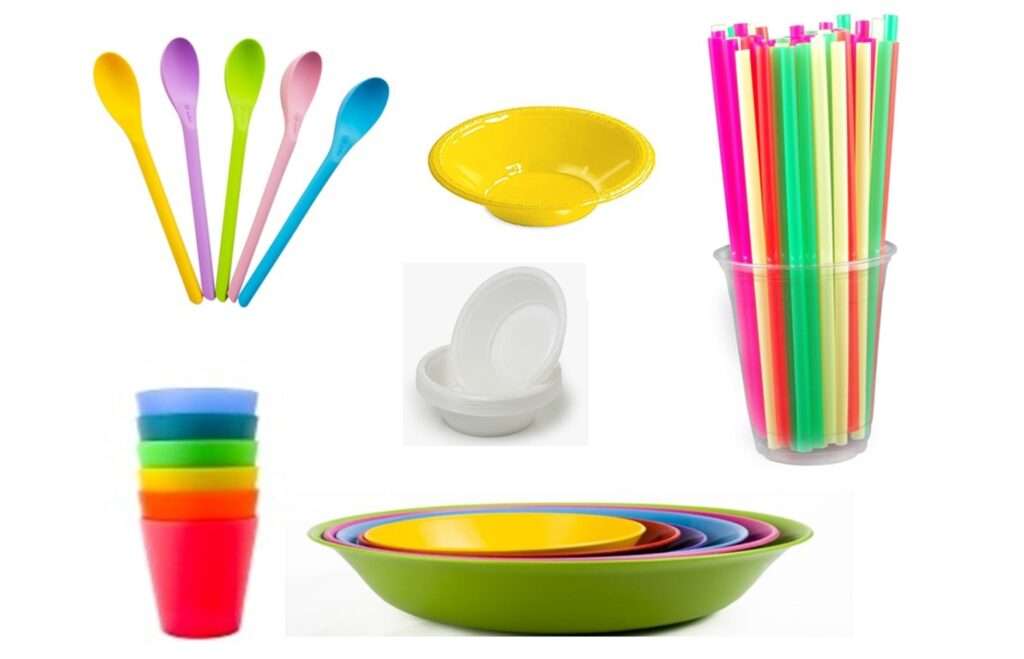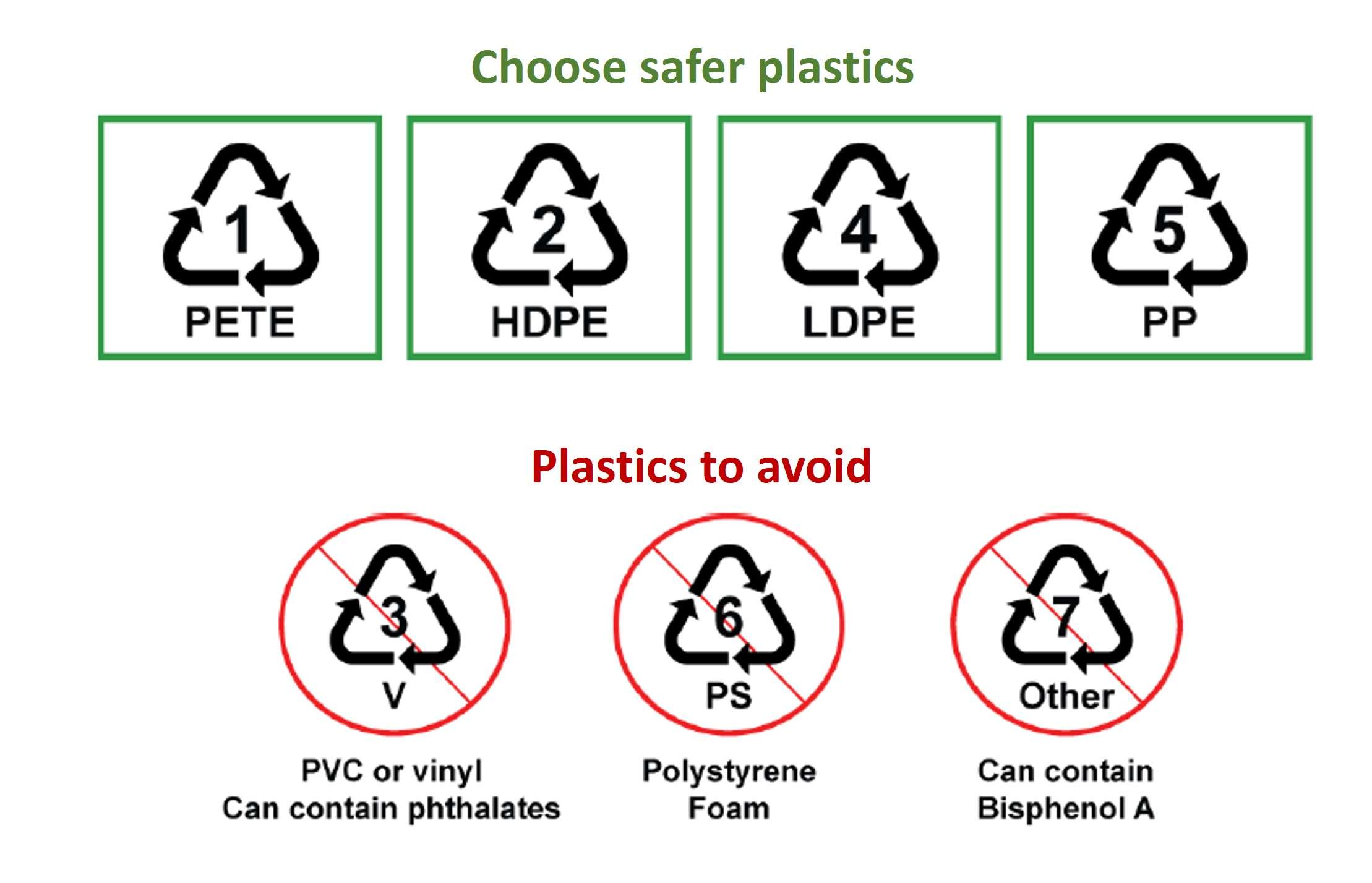
Staying healthy in a challenging environment is not so difficult in this informative world. Since every piece of information is readily available. We can achieve this by following guidelines to choose safe products and avoid unsafe ones. To choose the safest plasticware, here are the complete guidelines for selecting the plasticware for your home or office.
1. Check the types of plasticware
It is important to know the chemical nature of plasticware and its additives before buying and using it. Each type of plastic is designed for a specific use. Using it for other purposes can be harmful to humans and the environment. For example, some plastics contain additives to enhance their properties such as Phthalate esters (PAEs) or Bisphenol A (BPA). These chemicals are toxic and easily leach out from plastic products such as toys, bottles, cans, medical devices, and personal care products. These chemicals are extensively used in consumer products although the regulatory guidelines to use these chemicals have been implemented by many nations.
At the same time, it is not easy for the common man to remember the nature of each plastic available on the market. So, symbols can be remembered easily and help to choose the safer plastics to decrease exposure based on the Pediatric Environmental Health Specialty Unit (PEHSU).
2. Check the symbol on the plasticware
Check the symbol on the bottom of the plastic items before you buy and use them accordingly. As per the resin identification code (RIC), labelling each piece of plasticware with a number symbol on the products to indicate the nature of plastic and its specific use is mandatory.

3. Types of plastics
- Type 1 (Symbol#1) comprises polyethylene terephthalate (PETE/PET) for single use only suitable for water, soft drink, soda, mouthwash, syrup, etc. However, long-term storage / hot liquid in these bottles is not safe. At the same time, reusing these plastic containers is unsafe.
- Type 2 (Symbol#2) contains high-density polyethylene (HDPE) and is suitable for daily use products such as juice, milk, shampoo, cleaner, etc. It is safe and can be reused for other purposes.
- Type 3 (Symbol#3) contains polyvinyl chloride or vinyl (V) for plumbing pipes, clinical devices, switchboards, etc. It is unsafe for food and beverages since they may have PAEs.
- Type 4 (Symbol#4) contains low-density polyethylene (LDPE). This is reusable plastic suitable for food raper, plastic bags, shopping bags, etc. It is safe to use and reuse.
- Type 5 (Symbol#5) contains polypropylene (PP). It is the safest plastic product available on the market and suitable for medicine, syrup, ice cream, curd, ketchup, etc.
- Type 6 (Symbol#6) contains polystyrene foam (PS). It is the most dangerous type of plastic available on the market. It is often used for disposable cups, spoons, plates, glasses, etc. It is hard to degrade in nature.
- Type 7 (Symbol#7) contains chemicals other than the above listed like polycarbonates or a mixture of various compounds (Other) for reusable water bottles, baby bottles, cups, etc. It is unsafe to use for hot liquid since it may contain BPA.
4. How to reduce the exposure of PAEs and BPA
Most often additives leach from the plastic polymer under certain conditions such as high temperatures. Under microwave oven, it is easily leached from plasticware since it is not chemically attached to polymers. Hence, do not use plastic containers in a microwave oven or dishwasher. Do not use warm or hot liquids in polycarbonate plastic containers that may release BPA.
Use safe alternatives such as glass or polypropylene (symbol#5) or polyethylene plastic (symbol#1). In addition, look for labels on products that say “phthalate-free” or “BPA-free” to reduce exposure.

